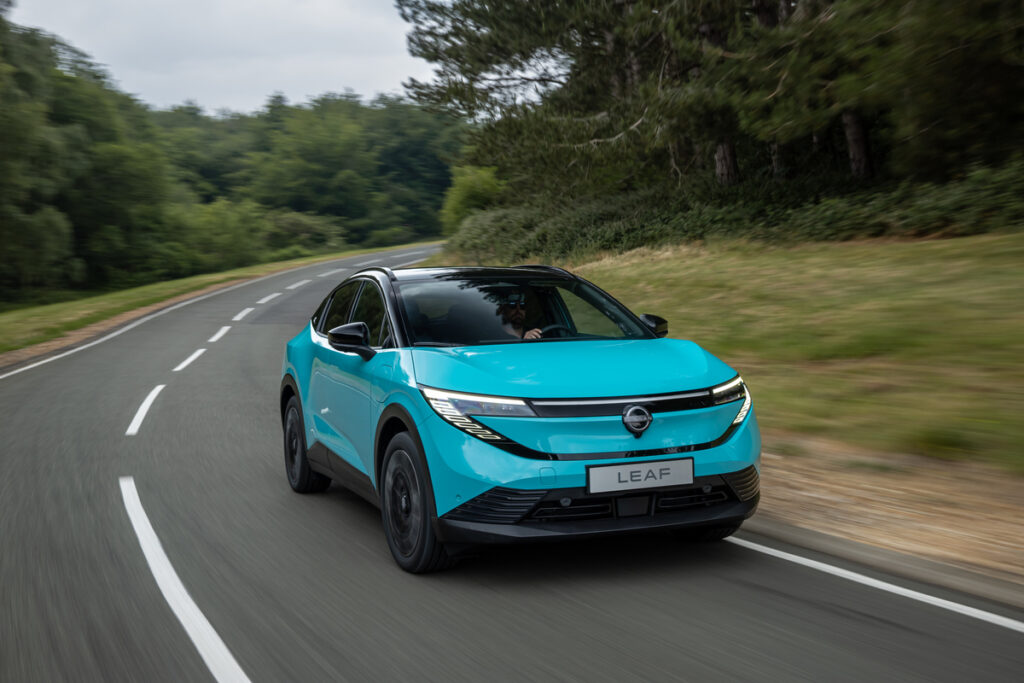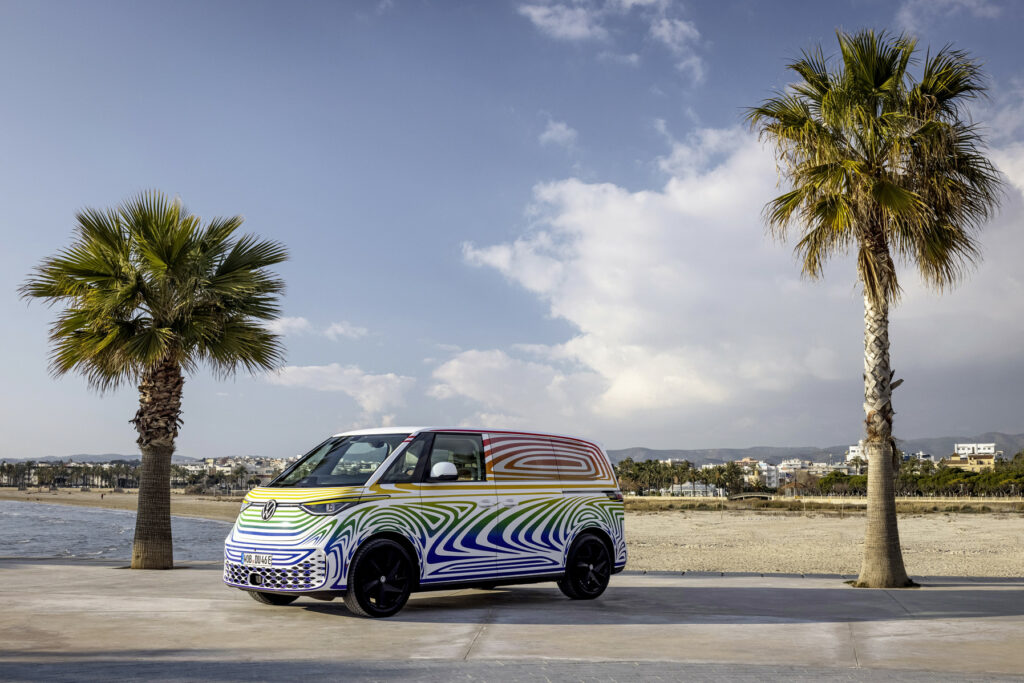Over the last few days Octopus Energy have dropped some heavy hints about an “exciting announcement” at their Energy Tech Summit in London at 12:30 this afternoon. Here is what transpired at the appointed time:
As the video title puts it, Octopus CEO Greg Jackson launched the WORLD FIRST vehicle-to-grid EV bundle! As you can see from the video thumbnail, Greg was joined on stage by motoring journalist Quentin Willson and 1996 Formula One World Champion Damon Hill as he outlined the Octopus Power Pack consumer offer:
Power Pack Bundle gives a car lease, two-way charger, and a smart tariff for £299/month with 100% FREE smart charging – saving £1,000/year on fuel vs petrol.
The EV part of the bundle is the BYD Dolphin, which I test drove when I was up in Harrogate last year to contribute to two V2x panel discussions at the Everything Electric North show:
Particularly since I’m not a fan of big SUVs the Dolphin seemed to me to be a really quite desirable car, with more bells and whistles than the MG4 in which we drove up to Yorkshire.
The “two-way charger” is a bi-directional version of the Zaptec Pro, which I have no experience with as yet. I cannot help but wonder how many people have in fact used the bidirectional version at this point in time, but for the rest of us here’s what the unidirectional flavour looks like. Perhaps it helps to imagine it with a pretty pink wrap?
Following the Power Pack Bundle launch I took a straw poll on LinkedIn inviting comments on what I referred to as the “Octopus + BYD consumer offer”. So far everybody has been extremely enthusiastic. I am somewhat less so. As I put it on the Giga Theatre stage at Everything Electric North 2024:
The grid, it’s still too much ‘top down’, and it needs to be more ‘bottom up’!
There’s another potential problem that I can foresee with this particular offer. As the afternoon progressed it became clear that the technology enabling bidirectional power transfer employed by Octopus, Zaptec and BYD is to at least some degree “non standard”. I also cannot help but wonder about the potential danger of future “vendor lock-in”.
Now also seems like the perfect time to direct the attention of Greg, Quentin, Damon et al. to another recent article of mine, catchily entitled “BSI Requests Comments on a New Draft of PAS 1878“. At the risk of repeating myself:
This PAS specifies the following aspects of a system for the delivery of certain demand side response (DSR) services for domestic and small business premises…
A “smart” EV charging station is a special case of an interoperable Energy Smart Appliance...
This PAS is intended to be used by manufacturers of ESAs and CEMs.
Hence here’s another more significant caveat concerning “the world’s first V2G EV bundle”. Amongst the numerous “smart grid” interoperability standards development committees I virtually “sit” on I am the “UK Expert – Vehicle 2 Grid (V2G)” on the British Standards Institution’s L/13 “Smart Grid Policy” committee.
If you follow the handy link above you may notice that other members of that committee include “OFGEM – Office of Gas and Electricity Markets” and “DESNZ – Department for Energy Security and Net Zero”.
Octopus Energy, BYD and Zaptec are conspicuous by their absence from the L/13 committee, although they may conceivably be represented by their respective trade associations. If they haven’t yet commented on the BSI’s request for comments on PAS 1878 Edition 2 I suggest that they do so forthwith. The deadline is still July 9th 2025
Note that Edition 1 of the PAS 1878 and its companion PAS 1879 specifications were published in 2021.
To be continued…






















